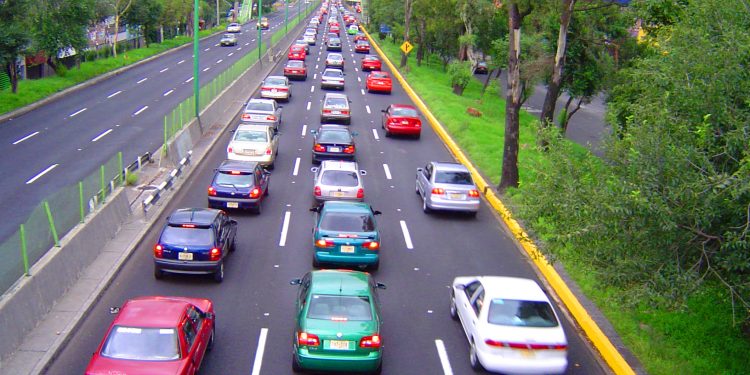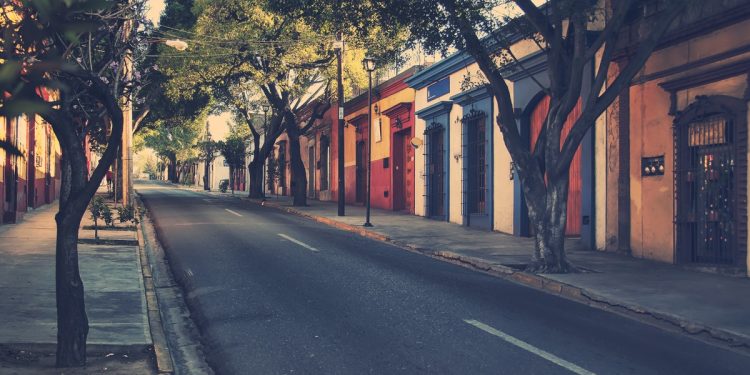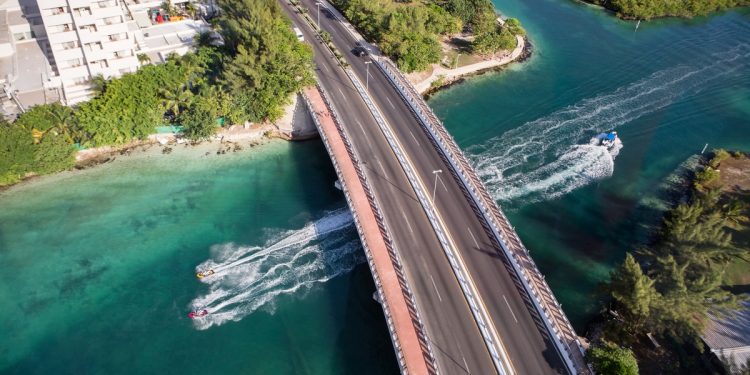Weekday traffic in Mexico City has reached the point of saturation. Gone are the days of boasting about this great little side road that brings you out just past the traffic light that’s causing the jam: the number of cars that come streaming out of all these so-called short-cuts and rejoining the main flow (or rather, edging out and rejoining the main snarl) is testimony to the fact that the roads are full.
For every new bypass, overpass, or underpass, there appears to be a fleet of new cars ready to take up the additional space. Unclog one main artery, and another one clogs up somewhere else. Surprisingly, the number of people using the capital’s Metro has fallen, perhaps as the proliferation over the last decade of attractive car loans which have made new cars more affordable.
Parking fees, on the other hand, have gone up substantially, and there’s nothing like driving to fully comprehend the reality behind the headline news that the government is rolling back the subsidies on gasoline. Local authorities have also been contracting firms to manage parking in districts and residential neighborhoods across the city: parking meters are appearing in ever-greater numbers, enforced by use of wheel clamps, or “candados” (padlocks) as they’re called in Mexico.
In more recent years, the hi-tech speed trap has complemented the wheel clamp as a way of punishing wayward motorists and filling the coffers of the city government. All across Mexico City, drivers are now presented with signs warning that traps are in operation—cameras that capture the license plates of passing cars and mail speeding and other fines to drivers’ homes. Where the speed limit is 80 kph (50 mph), this is reasonable, and may well reduce the number of accidents caused by speeding. But on stretches of major thoroughfares where the speed limit has been lowered to 50 kph (30 mph), it’s hard to persuade those being fined that the reason is any other than to collect money.
The calibration of the camera-operated traps is such that tolerance is low: a kilometer or two over the limit will trigger a fine. Contesting the fines is a complicated and drawn out process, and most find it easier to just pay, especially as an 80% discount applies if payment is made within 10 days. As letters sometimes get lost or delayed in the post, some drivers choose to download an App called “Auto Chilango” which alerts them if their license plate has been photographed so they can pay within the discount window.
Not only has traffic volume in the capital reached a critical point, so have people’s stress levels, it seems, with the resulting behavioral anomalies that will be obvious to visitor and veteran alike without any need to go into them here.
On the city’s cluttered roads, right of way appears proportionate to the monthly payments on the car. Exceptions to this rule are large trucks, interstate buses, and beaten up old cars and pick-ups on which the rust is proof of manufacture in the days when they still used metal. Your mostly plastic, fuel-efficient, zero emissions, lightweight “nave” will crumple to the tune of several years of deductibles and no-claims bonuses while the older vehicle in question will just need a dent hammered out for less than the cost of a tank of gas.
If, all this considered, you insist on sallying forth into the melee of capital city traffic, here are some simple rules for driving ‘the Mexico City way’:
- never let anyone pull out into your lane, unless you want to be late to your destination. If a bus or truck does pull out, yield and pepper the driver with abuse;
- if you reach the stop line in heavy traffic and the light’s green, enter the crossing even if you can’t exit. If you don’t, someone else will, snarling up the junction anyway;
- if you can advance three or four cars by slipping into the turning lane, do it, even if it means blocking the lane when the arrow goes green and getting the people behind you all worked up;
- if you think the car in the lane to your left plans to pull in front of you, or if it has indicated that it intends to do so, speed up;
- if someone is waiting for your parking space, take longer than usual to adjust your mirrors, fasten the seat belt, connect your phone to the in-car kit, etc.
By applying some or all of these rules, you can become a bona fide Mexico City driver, but if you wish to be an out-and-out five-star chilango behind the wheel, try the following: accelerate behind a car that is going at the indicated speed limit in the fast lane, up against the dividing wall. Brake within a few yards of it and turn on your left-indicator, showing the slowcoach that you intend to pass him on the left, without specifying whether you plan to go over or through the wall.
See also: Driving In Mexico and Living in Mexico Without a Car
Mexico in your inbox
Our free newsletter about Mexico brings you a monthly round-up of recently published stories and opportunities, as well as gems from our archives.




